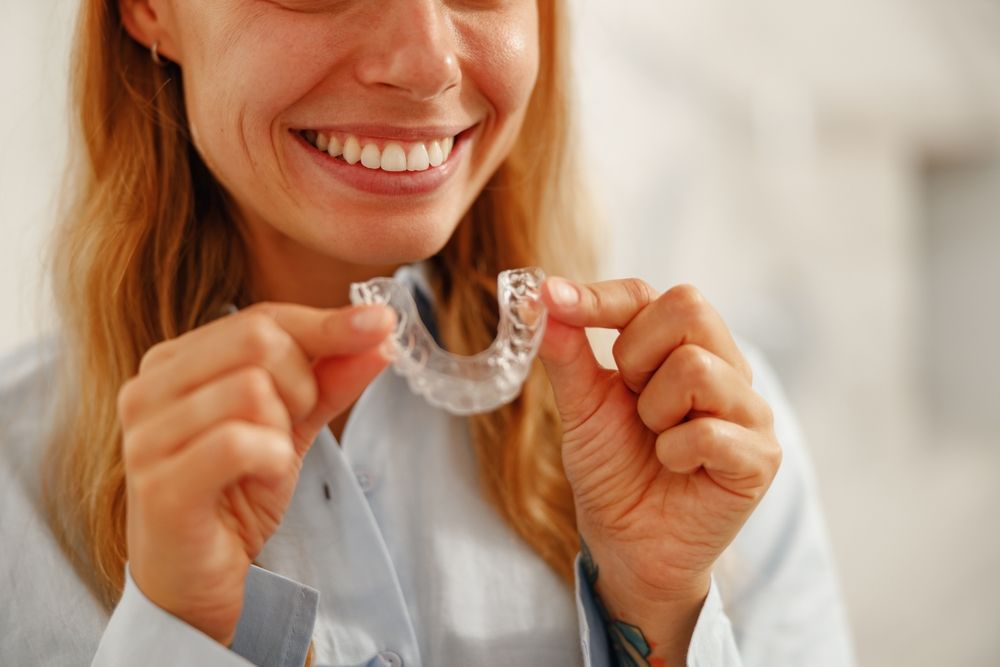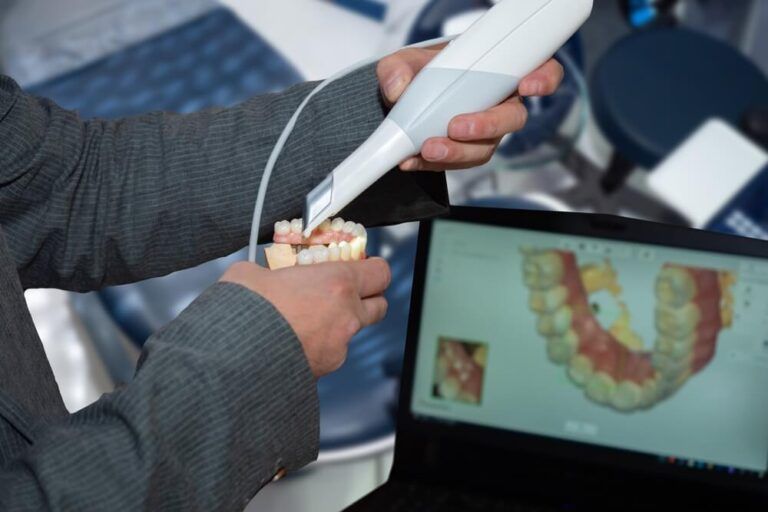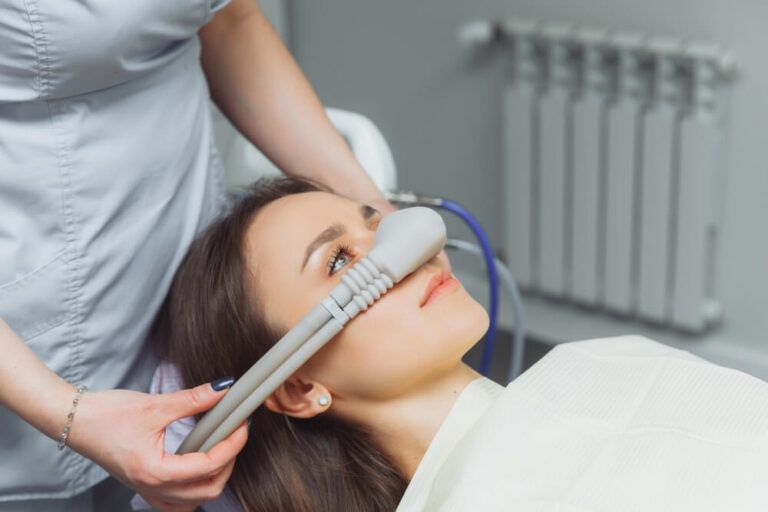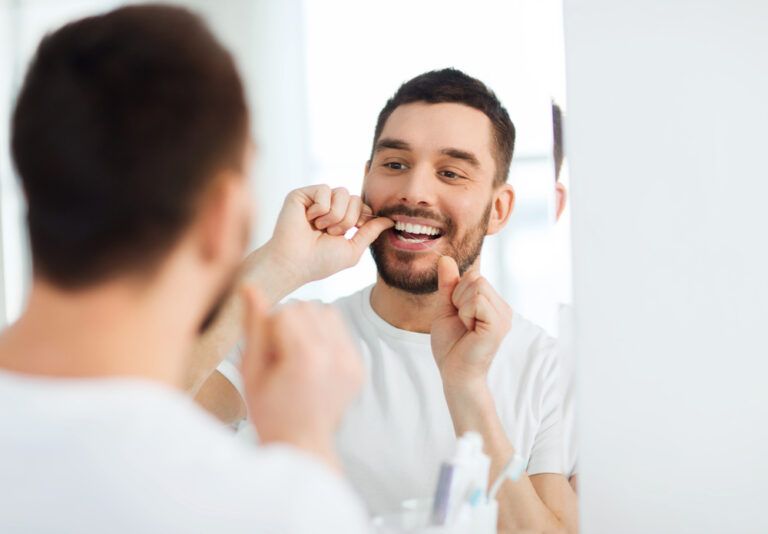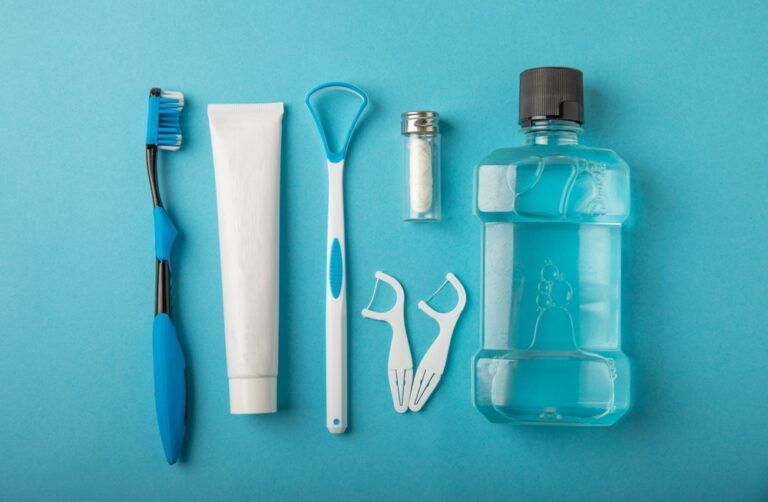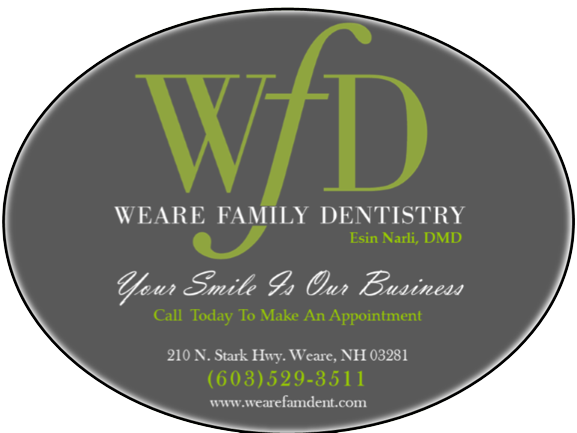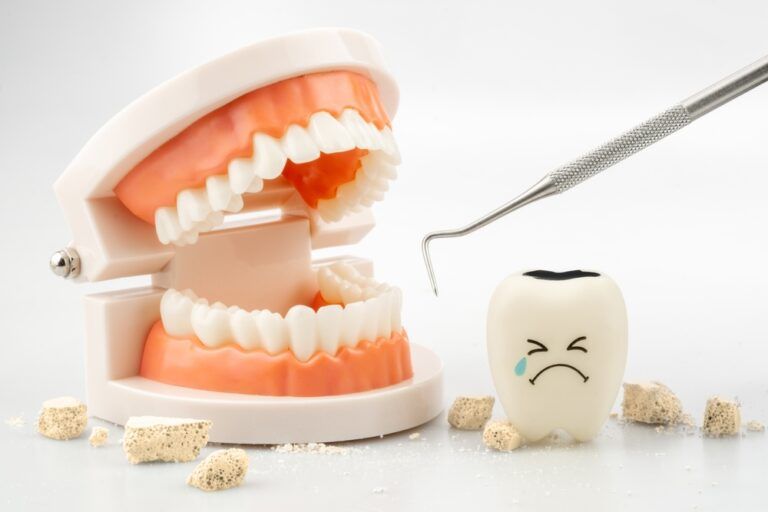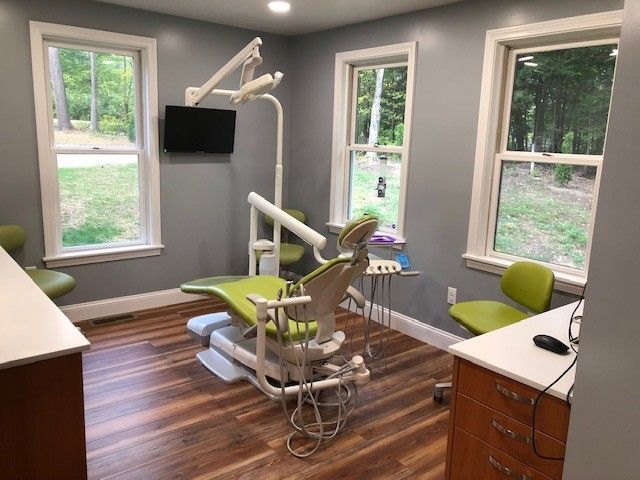At Weare Family Dentistry in Weare, NH, many patients are exploring orthodontic options that align with their lifestyle. Traditional braces have long been effective in correcting misaligned teeth, but they’re not always the most comfortable or discreet solution. For adults and teens seeking a more flexible and less noticeable way to straighten their teeth, clear aligners have become a popular alternative.
Clear aligners are custom-made, transparent trays designed to gradually shift teeth into their desired position. Worn over the teeth for most of the day, these aligners offer several practical and aesthetic benefits over metal brackets and wires. For those considering orthodontic treatment, understanding what makes clear aligners a preferred choice can help guide decision-making based on individual needs and goals.
Discreet Appearance and Aesthetic Appeal
One of the most well-known advantages of clear aligners is their near-invisible design. Made from smooth, medical-grade plastic, these trays fit snugly over the teeth and are barely noticeable during regular conversation or in photos. This makes them especially appealing for adults who may feel self-conscious about wearing traditional braces in professional or social environments.
The subtle nature of clear aligners allows patients to undergo orthodontic treatment without drawing attention to the process. For teens, this can also mean reduced anxiety about appearance during school years. Unlike metal braces, which may come with visible brackets and colored elastics, clear aligners offer a more discreet, streamlined option for tooth movement.
Comfortable Fit and Reduced Irritation
Another major benefit of clear aligners is the comfort they provide. Traditional braces can sometimes cause irritation to the inside of the lips and cheeks due to protruding wires or brackets. In contrast, clear aligners are smooth and custom-fitted, reducing the likelihood of sores or abrasions.
Additionally, aligners can be removed for short periods, giving patients a break if they experience temporary discomfort. There are no emergency visits for broken wires or lost brackets, which are common occurrences with braces. While some soreness can occur when switching to a new set of aligners, this sensation is typically mild and short-lived.
Improved Oral Hygiene During Treatment
Maintaining oral hygiene is significantly easier with clear aligners compared to braces. Because the trays are removable, patients can continue brushing and flossing as they normally would. There’s no need for special tools to clean around brackets or wires, which can sometimes lead to plaque buildup and gum inflammation if not properly addressed.
The ability to remove aligners also reduces the risk of food particles becoming trapped, a common concern with braces. Patients can eat a full range of foods without restriction—as long as they remove their aligners beforehand. This flexibility makes clear aligners more compatible with a healthy diet and lifestyle.
Predictable and Custom-Tailored Results
Clear aligner systems often utilize advanced 3D imaging and digital scanning to map out each phase of tooth movement. This allows for a high degree of precision and predictability in treatment planning. Patients are usually shown a digital preview of their expected results before treatment even begins, providing clarity and motivation throughout the process.
The treatment plan is broken into a series of aligners, each slightly different from the last. By switching trays on a regular schedule, typically every one to two weeks, the teeth gradually shift into alignment. This step-by-step approach helps ensure controlled and consistent progress under the supervision of a dental or orthodontic professional.
Convenience and Fewer Office Visits
Traditional braces often require frequent adjustments, which can mean more visits to the dental office. Clear aligners, by contrast, are typically managed with fewer appointments. Patients are often given several sets of trays in advance and only need occasional check-ins to monitor progress and receive the next sequence.
This convenience can be especially beneficial for busy adults and families balancing school, work, and extracurricular activities. Clear aligners also tend to cause fewer unexpected issues, such as broken components or discomfort requiring emergency visits, further simplifying the experience.
Suitable for a Wide Range of Orthodontic Issues
While clear aligners were once thought to be best for minor cosmetic adjustments, advances in aligner technology have expanded their capabilities. Today, clear aligners can address a wide range of orthodontic concerns, including:
- Crowded or overlapping teeth
- Spacing and gaps between teeth
- Overbites and underbites
- Crossbites and open bites
- Mild to moderate tooth rotation
Not every case is suitable for clear aligners, especially in cases of severe malocclusion or complex jaw alignment issues. However, for many patients with mild to moderate concerns, they offer a highly effective solution with minimal lifestyle disruption.
Factors to Consider Before Starting Treatment
Although clear aligners offer many benefits, it’s important to approach treatment with realistic expectations and a clear understanding of the commitment involved. Aligners must be worn for 20 to 22 hours a day to be effective. Inconsistent wear can delay progress or compromise results. Patients must also remember to clean their trays regularly to avoid staining and bacterial buildup.
Another factor is compliance. Because aligners are removable, they require discipline and responsibility. Patients who frequently forget to wear them or who misplace their trays may not achieve the desired outcome. Regular check-ins with a provider are still essential to ensure that the teeth are moving as planned and that no issues are developing.
Why Education Matters in Choosing Orthodontic Options
Clear aligners have opened up new possibilities for patients who want to straighten their teeth without the challenges of traditional braces. At Weare Family Dentistry in Weare, NH, patients often benefit from understanding the full scope of orthodontic options before making a decision. Choosing the right treatment depends not only on dental conditions but also on lifestyle, aesthetic goals, and personal preferences.
When used correctly and under professional guidance, clear aligners can provide a discreet, effective, and comfortable path to a healthier smile. They are not just a cosmetic convenience—they also contribute to long-term dental health by improving alignment, bite function, and ease of cleaning. With careful planning and consistent use, clear aligners can offer a rewarding orthodontic experience.
Sources
Ke, Y., Zhu, Y., & Zhu, M. (2019). A comparison of treatment effectiveness between clear aligner and fixed appliance therapies. BMC Oral Health.
Phan, X., & Ling, P. H. (2007). Clinical limitations of Invisalign. Journal of the Canadian Dental Association.
Kravitz, N. D., Kusnoto, B., BeGole, E., Obrez, A., & Agran, B. (2009). How well does Invisalign work? A prospective clinical study evaluating the efficacy of tooth movement with Invisalign. American Journal of Orthodontics and Dentofacial Orthopedics.


